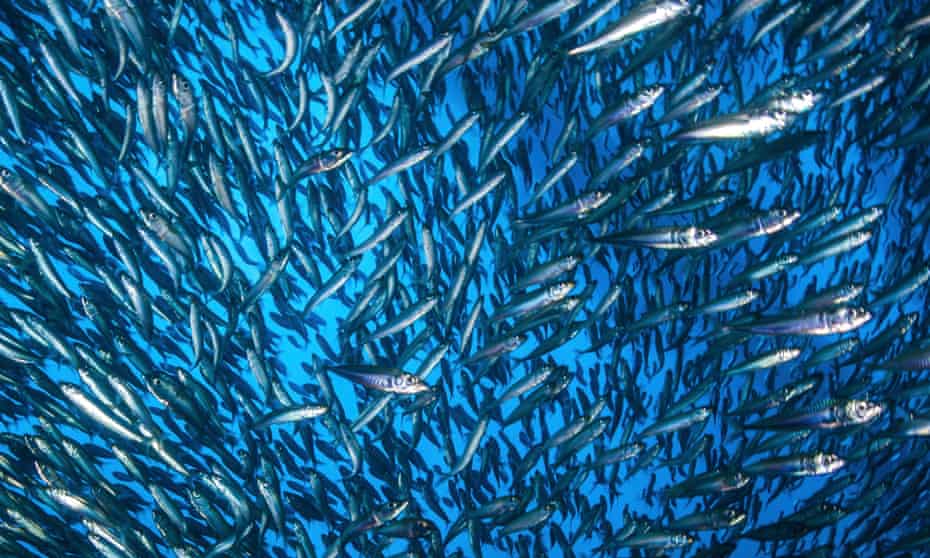Extract from The Guardian
Scientists at University of Sydney find that fish exposed to industrial chemical BPA in warmer waters need more food to reach a given size.

Last modified on Thu 27 Jan 2022 03.32 AEDT
Fish grow slower when exposed to higher temperatures and a common chemical in plastic, according to new research. It suggests that a combination of plastic pollution and global heating could have concerning impacts on marine populations.
Scientists at the University of Sydney have found that fish exposed to the industrial chemical bisphenol A – commonly known as BPA – require more energy to grow in high-temperature waters.
BPA is a common chemical used in plastics manufacturing and is known to disrupt hormone signalling, with impacts in marine animals on metabolism and growth. In humans, it has also been linked to reproductive and developmental dysfunction. Millions of tonnes of the compound are produced globally each year.

The researchers exposed zebrafish to a level of BPA commonly found in waterways.
They discovered that the chemical decreased the amount of energy the fish needed to grow at 24C, but hampered growth for those in 30C water – a temperature the animals would be likely to experience more often in their natural habitat under global heating.
The study’s corresponding author, Frank Seebacher, a professor of biology at the University of Sydney, said the finding urgently highlighted the need for both climate change mitigation and plastic waste reduction.
“The combination of high temperatures and BPA increases the energetic cost of growth – how much food animals have to eat to produce a given amount of biomass,” he said, adding the problem would be more pronounced for larger fish and predator species.
“Because there’s a trophic cascade … [higher up the food chain] you’d expect to find fewer and smaller animals,” he said. “There’s a potential problem for sustainability in catch rates, if that combination [of warming and BPA] results in reduced stock.”
Seebacher said BPA was released into the marine environment from manufacturing effluent as well as from plastics breaking down.
“Wherever you have lots of manufacturing plants, lots of plastic pollution, you will find reasonably high levels of BPA,” he said, estimating such concentrations to be four to five times higher than the level used in their study.
The researchers also modelled the risk of warming and plastic pollution in coastal areas in combination with current fishing intensity.
Their analysis predicted that south-east Asia had the highest risk of decreased fish biomass as a result of warming and pollution.
“Southern North America and northern South America [are also] going to be really affected,” Seebacher said.
One limitation of their findings is that the team conducted the study in zebrafish, a small freshwater species commonly used as a model organism in scientific research.
Seebacher said he expected the findings to be similar in other fish species, although more research would be needed to determine this for certain.
“All the endocrine systems … are highly conserved amongst vertebrates, so it’s unlikely that you’d have a massive divergence among vertebrates in how they respond [to BPA], but the possibility exists and has to be verified,” he said.
The study was published in the peer-reviewed journal Proceedings of the Royal Society B.
No comments:
Post a Comment